Few creators can deliver something as beautifully baffling, emotionally charged, and mechanically daring as Hideo Kojima. With Death Stranding 2: On the Beach, Kojima once again proves that he’s operating on a wavelength few others can even perceive. This isn’t just a sequel — it’s an evolution, a bold reimagining of what interactive storytelling can be.
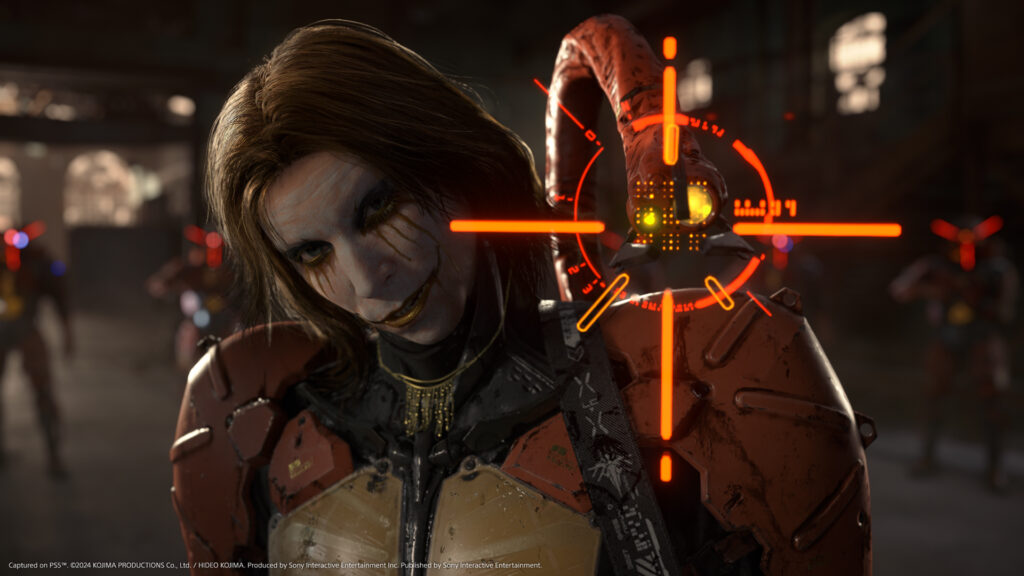
From the very first moment, it’s clear that On the Beach builds meaningfully on the foundation of its predecessor. Traversal feels smoother, more intuitive, and—dare I say—fun, even when hauling hundreds of kilos of cargo across treacherous terrain. I would often find myself frustrated in the first game – that doesn’t happen – at least not as often, with the sequel.
Combat also sees a much-needed facelift, offering refined gunplay and new tools that make encounters more dynamic. Melee combat still feels slightly stiff and awkward, but it’s a minor blemish on an otherwise outstanding gameplay loop.
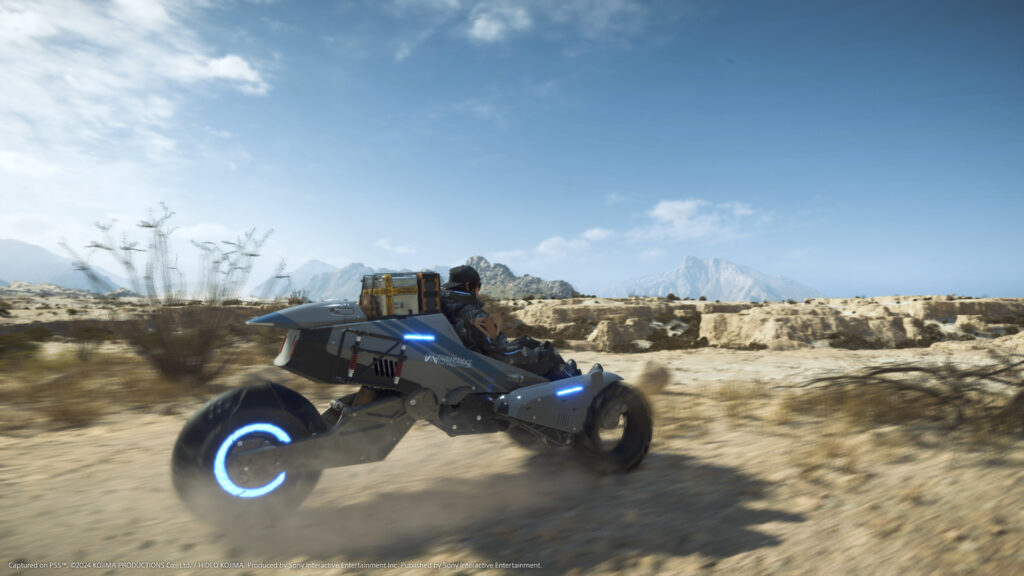
Hideo Kojima’s narrative craftsmanship is on full display here. The story is a rollercoaster of emotions—funny, heartbreaking, and intense. Stakes are higher, relationships are deeper, and the themes of isolation, connection, grief, and hope resonate even more powerfully this time around. This is Kojima doing what Kojima does best: telling a weird, wonderful, and wildly ambitious story that stays with you long after the credits roll.
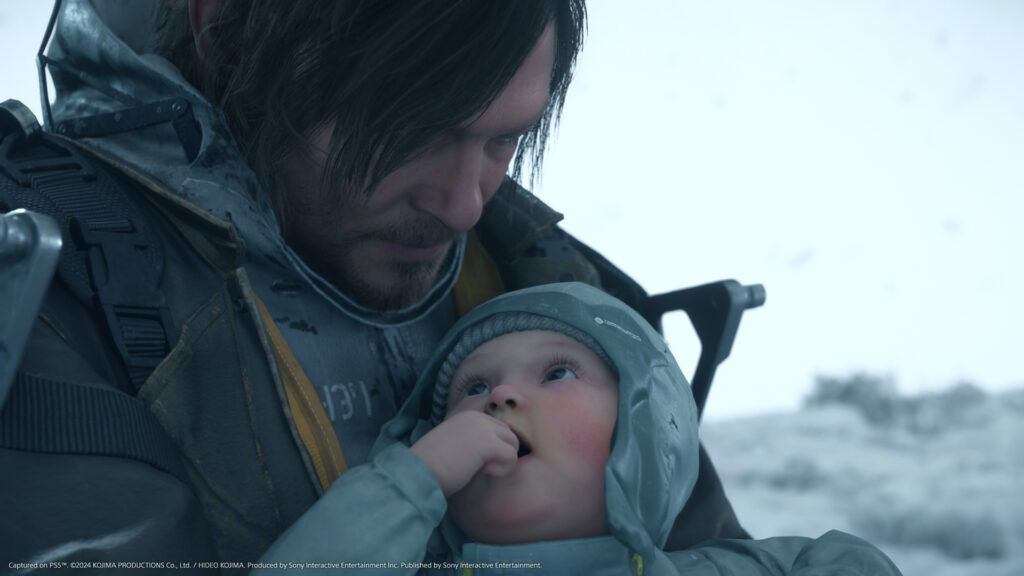
Playing on the PlayStation 5 Pro, Death Stranding 2 is nothing short of breathtaking. Powered by the Decima engine, the game sets a new bar for visual fidelity on consoles. Characters are rendered with uncanny realism, and the environments—rain-soaked forests, desolate beaches, mist-covered ruins—often look like photographs. This is arguably the best-looking game on console to date, at least in my opinion.
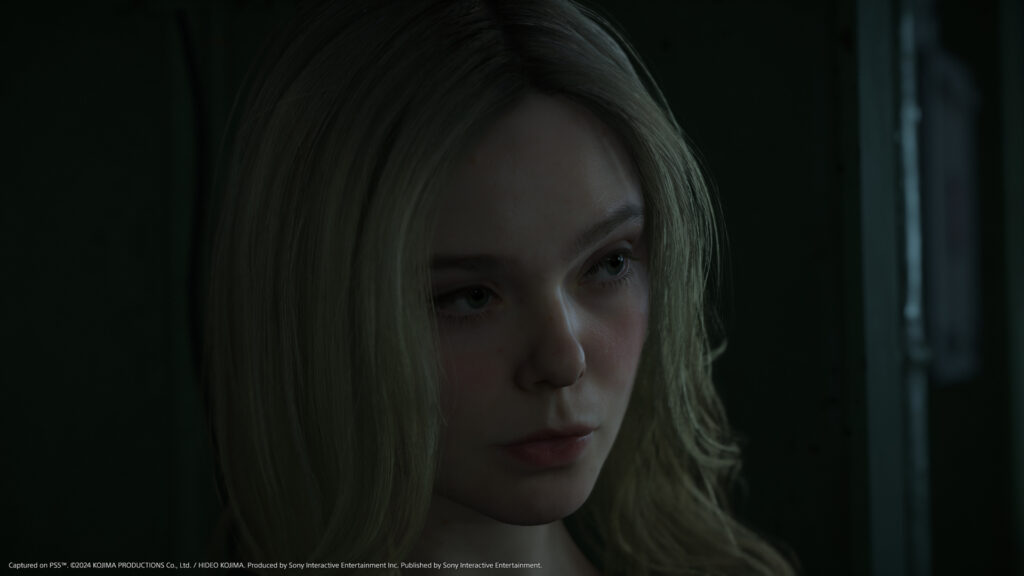
The audio work is impeccable. Whether it’s the chime of the DHV Magellan, the unsettling sounds of BTs in the area, or the sound effects left behind by fellow players, every sound feels meaningful and deliberate. The music, as in the first game, is masterfully timed. One standout moment—Higgs singing BB’s Theme—absolutely wrecked me in the best possible way. It’s a perfect blend of cinematic sound design and interactive immersion.
The story moves at a Kojima-typical pace: deliberate, winding, but ultimately satisfying. The wealth of side content—rebuilding infrastructure, completing orders, helping out stranded NPCs—can be overwhelming, but it’s all so well-integrated into the world that it rarely feels like busywork. If anything, it’s easy to get lost in the game’s systems and forget what you were doing. But that’s part of the charm. This is a game I’ll be returning to—not just to clean up side quests, but to live in its world a little longer.
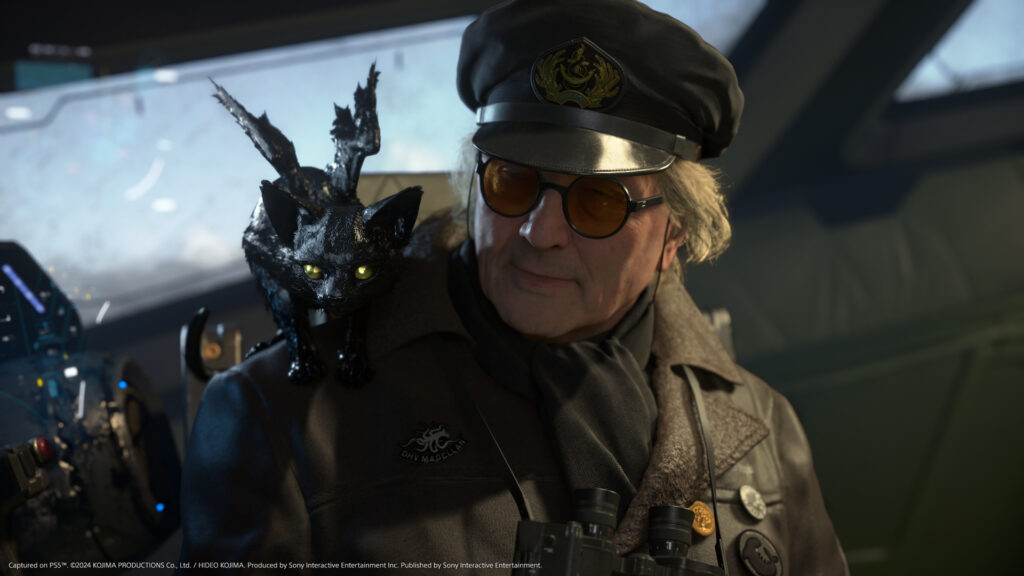
Final Thoughts
Death Stranding 2: On the Beach isn’t for everyone—and it never tries to be. It’s a game that demands your attention, your patience, and your willingness to embrace the strange. But for those who meet it halfway, it offers one of the most unforgettable experiences in modern gaming. Kojima has delivered a sequel that doesn’t just match the original—it elevates it in every way.
I laughed, I cried, I rocked out with Higgs
Summary
In a strong sequel that improves on almost every aspect of the original, Hideo Kojima proves once again he is in a tier of his own.